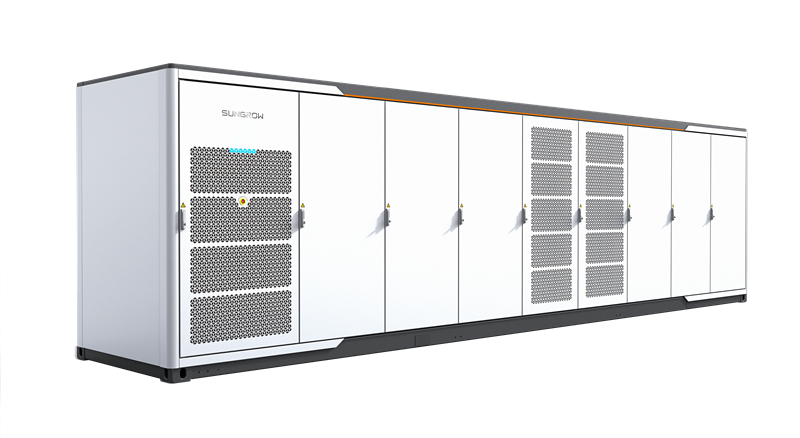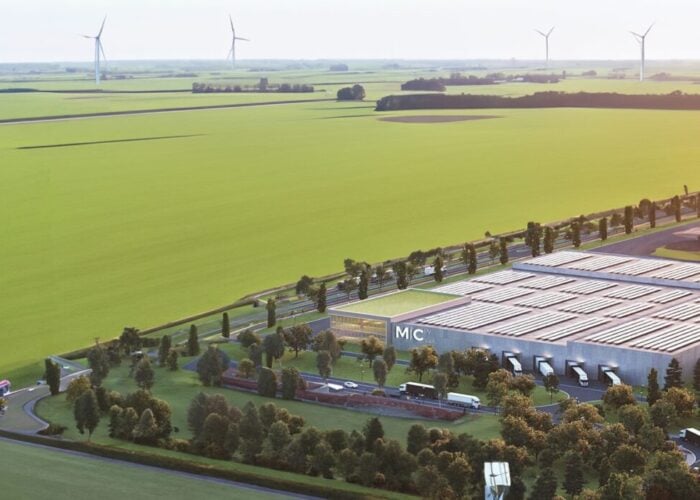
Sungrow is co-hosting a webinar with PV Tech on the subject of using liquid-cooled battery energy storage systems in solar-storage projects. To learn more about the webinar and to register, click here.
Sungrow has launched its latest ST2752UX liquid-cooled battery energy storage system with an AC-/DC-coupling solution for utility-scale power plants across the world. The new system offers minimalised system costs, higher dischargeable energy capacity, more flexibility and improved safety.
Try Premium for just $1
- Full premium access for the first month at only $1
- Converts to an annual rate after 30 days unless cancelled
- Cancel anytime during the trial period
Premium Benefits
- Expert industry analysis and interviews
- Digital access to PV Tech Power journal
- Exclusive event discounts
Or get the full Premium subscription right away
Or continue reading this article for free
Problem
With the rapid development of renewable energy technologies, the proportion of solar, wind and other renewable energy in electricity systems all over the world is increasing. Accordingly, the demand for energy storage systems is also becoming greater while, at the same time, utility-scale energy storage systems face several problems and challenges, such as high Capex costs, low energy output, low flexibility and safety issues.
Until now, the vast majority of battery storage systems have used HVAC for air cooling and direct parallel connection of multiple battery racks to increase energy density. This has led to numerous problems, such as high auxiliary power consumption, inefficient heat dissipation and severe barrel effect, resulting in lower project revenue.
Solution
Sungrow’s ST2752UX battery storage system, with its advanced liquid-cooled heat dissipation technology, can dissipate heat more evenly from the batteries, while the system requires less auxiliary power consumption for cooling because the thermal conductivity of the coolant is much greater than that of air.
In addition, the battery racks are connected to their own DC/DC so that different racks in the same cabinet can be controlled individually, thus reducing the barrel effect and increasing the dischargeable capacity. With temperature, smoke and combustible gas detectors, active exhaust systems and water fire-fighting systems, the possibility of accidents can be reduced to a minimum.
The overall compact design of the battery cabinet with its high energy density further reduces its footprint and thus land related costs. Because the battery cabinet is assembled in the factory and transported in one piece, time and labour costs for on-site installation are greatly reduced.
For energy storage systems accompanying PV power plants, Sungrow also provides a liquid-cooled DC coupling system, which can integrate with a variety of different application scenarios.
Applications
Utility-scale energy storage and hybrid renewables-storage power plants
Platform
The ST2752UX liquid-cooled battery cabinet, with a maximum capacity of 2752kWh, includes a liquid cooling unit, 48 battery modules (64 cells per module), 4 DC/DC (0.25C, 4 hours system) or 8 DC/DC (0.5C, 2 hours system) and a firefighting system. Its total weight is around 26 tons with dimensions of 9340*2600*1730mm (W*H*D). Depending on customer requirements, the total energy capacity of each battery cabinet can be reduced to achieve the optimum economy for a specific project.
Sungrow offers an integrated package from battery system to medium voltage station, with the corresponding O&M and warranty. This means liquid-cooled ST2752UX battery cabinets are compatible with AC coupling (AC/DC conversion via PCS) and DC coupling (AC/DC conversion with PV via central PV inverter). In summary, the ST2752UX battery cabinet can be used in almost any utility storage project.
Availability
Currently available.






